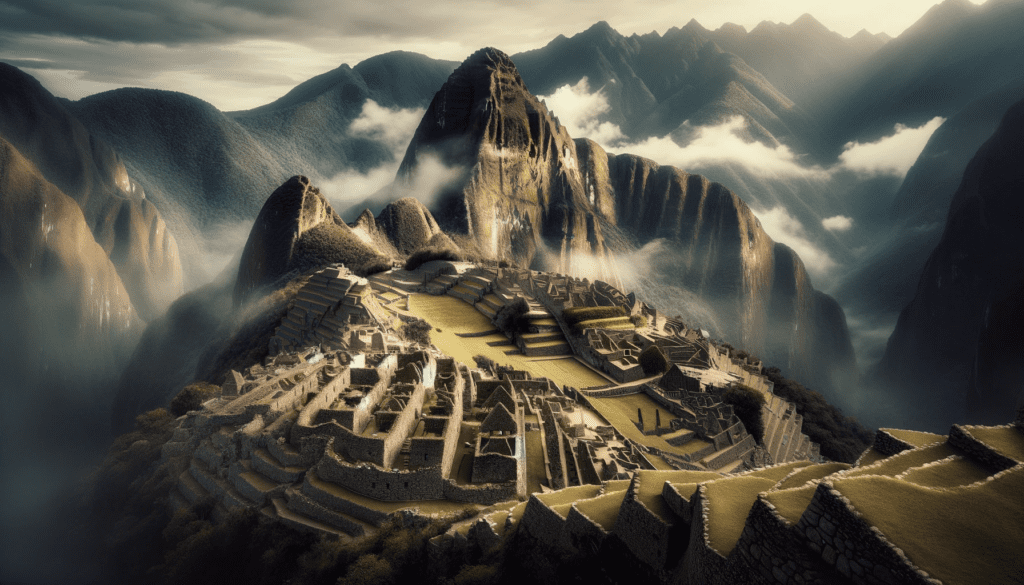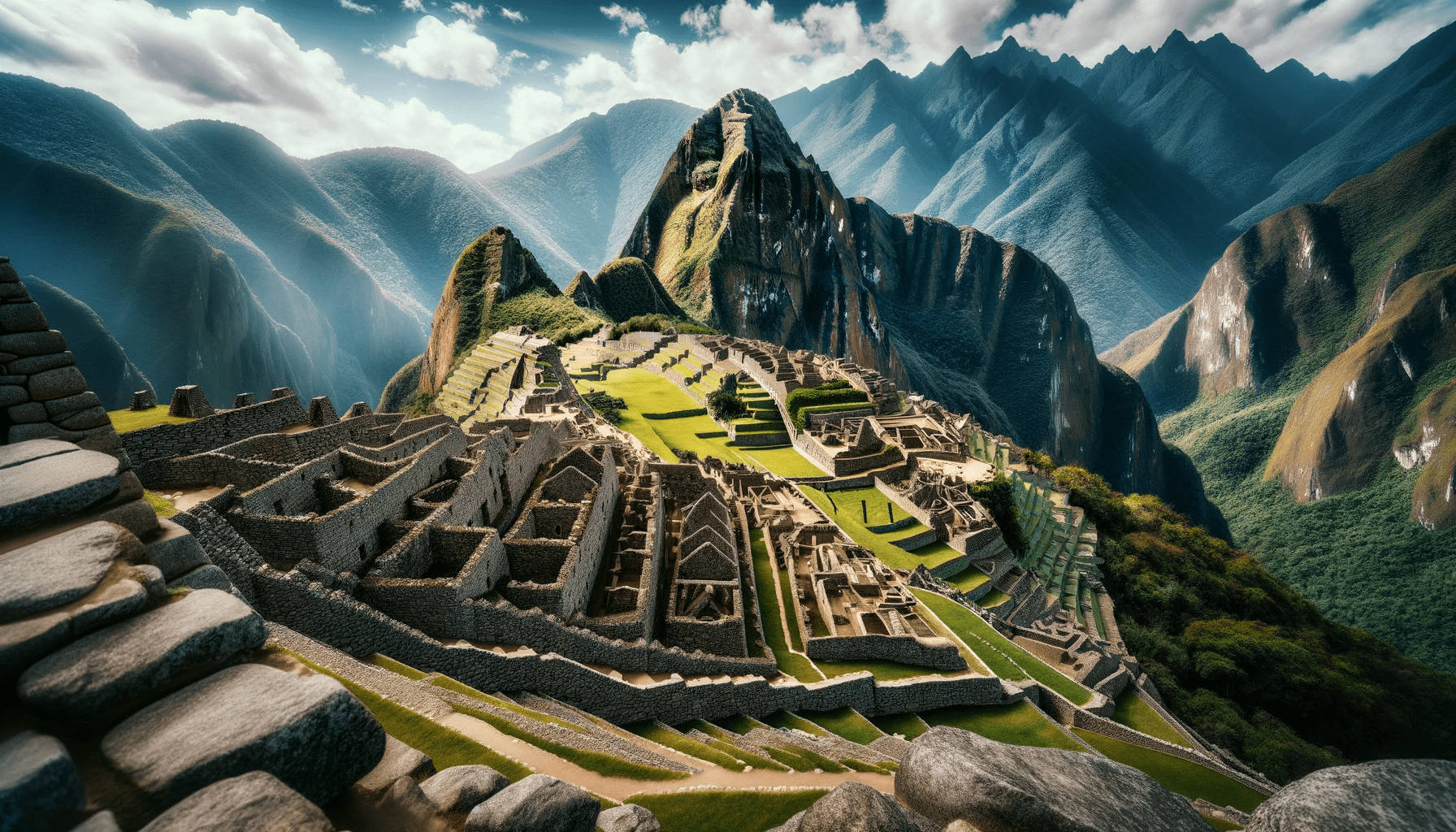Hidden in the misty peaks of the Peruvian Andes, lies Machu Picchu, an ancient Inca city that remained hidden from the outside world for centuries. This historical treasure, now one of the most visited tourist destinations in the world, remains a source of fascination for historians, archaeologists and adventurers. In this blog, we explore the history and mysteries surrounding the rise and fall of Machu Picchu, including recent insights and corrections to common misconceptions.
The ‘Discovery’ of Machu Picchu
Contrary to many narratives, Machu Picchu was not completely “lost” or unknown to locals when American historian Hiram Bingham “rediscovered” the site for an international audience in 1911. With the help of local guides, Bingham brought the city to the world’s attention, recognizing Machu Picchu’s importance as an archaeological and historical site. It is important to recognize that Bingham’s contribution lay more in internationalizing knowledge about Machu Picchu than in discovering it.
The Rise of Machu Picchu
Architectural Masterpiece
Built in the 15th century under the reign of Inca emperor Pachacuti, Machu Picchu is known for its advanced building techniques and architectural beauty. The city consists of more than 150 structures, ranging from temples to houses, built with the technique of dry stone construction. This method, in which stones are accurately cut to fit together without mortar, has contributed to the durability of the structures against earthquakes.
Spiritual and Ceremonial Center
Machu Picchu possibly served as a spiritual and ceremonial center, given the city’s location and orientation in relation to sacred mountains and astronomical bodies. These aspects suggest that the Incas used the site for religious purposes and astronomical observations, although the exact function of Machu Picchu is still subject to debate among experts.
The Decline of Machu Picchu
Abandoned City
About a century after its construction, Machu Picchu was abandoned, about the time the Spanish conquistadores arrived in Peru. The exact reason for this abandonment is complex and multifactorial, probably influenced by a combination of factors such as European diseases and social dislocation. Importantly, there is no evidence that the Spanish ever reached Machu Picchu, which helps preserve the site in relative isolation.
Ongoing Mysteries
Many aspects of Machu Picchu remain shrouded in mystery, including the exact functions of many of its structures and the reasons behind its sudden abandonment. The skills and techniques used by the Incas to build such an impressive complex in the challenging Andean environment remain a source of admiration and speculation.
Inspiration for the Future
In today’s world, city serves not only as a reminder of the past, but also as an inspiration for the future. It offers us valuable lessons about the relationship between humans and nature, and the possibilities of human resilience and engineering. For researchers, designers and policy makers, Machu Picchu offers insights into sustainable building practices and the importance of preserving our cultural legacies. For visitors from around the world, it remains a place of wonder, a place to learn about the rich history and advanced knowledge of the Incas, while at the same time being reminded of the need to protect our global heritage.
Conclusion
The city stands as a monument to the ingenious spirit of Inca civilization, and a testament to the mysteries of our history. The site invites visitors to marvel at the capabilities and mystery of the ancient world, and remains an inspiration for anyone interested in the richness of the past. Whether you are a history buff, an adventurer in search of the unknown, or someone who wants to experience the beauty of our world, Machu Picchu remains a destination that inspires and astounds.



Leave a Reply